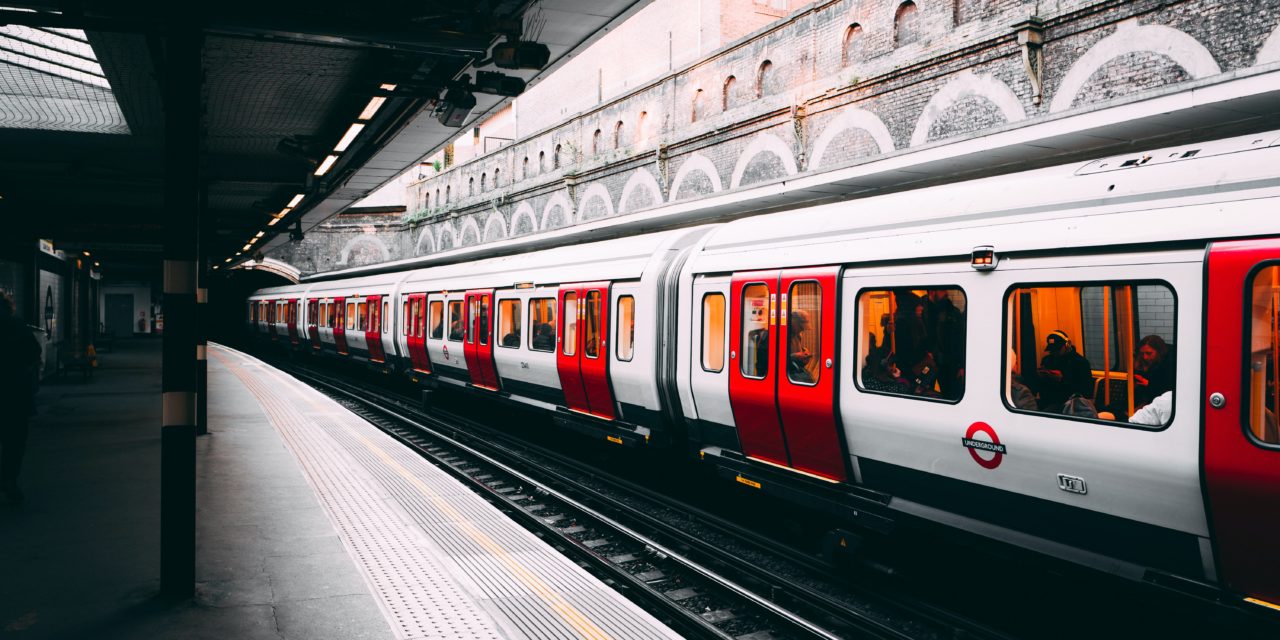Alec Prince, director for mode Transport Planning, looks at the effects of the pandemic on transport in the capital.
The global coronavirus pandemic in 2020 has led to widespread disruption and change to travel in London (and to the aspects of people’s daily lives that underlie travel demand) of a scale unprecedented in modern times.
These impacts are shared – to differing degrees – in cities across the globe although, ultimately, they are expected to be temporary, albeit with the possibility of some lasting changes.
In the week of the initial lockdown announcement in mid-March 2020, travel demand on all networks fell rapidly, but the scale and timing of the reduction was different for each mode.
- London Underground saw the biggest and quickest drop in demand, which at the lowest point, in the days following the lockdown announcement, reached a maximum of 97 per cent (ie only three per cent of normal patronage remained).
- Bus demand also fell sharply, with up to an 86 per cent drop at the lowest point.
- The fall was smallest for motorised road traffic on the Transport for London Road Network (TLRN) which, at the lowest point, only saw a maximum 65 per cent reduction with respect to 2019 at the London-wide level.
An immediate challenge in terms of planning for London’s recovery is to understand the extent to which the impacts of the pandemic are likely to have changed what individuals will need and choose to do.
This includes changes in activities such as employment and travel, in the medium-term future, and how their own personal evaluation of the pandemic and post- pandemic world, including those of businesses, is likely to affect the travel choices they make in the future.
London businesses (as well as those outside the capital) are expecting a great deal of change to working practices in the future as a result of the pandemic, particularly around working from home, flexible working and ongoing social distancing.
A GLA survey in September 2020 found that almost three-quarters (72 per cent) of the workforce in central London office- based businesses are predicted to work from home for the next two years, compared to 50 per cent of workforce across all London businesses. And 40 per cent of central London office-based businesses think they will downsize their office accommodation, although most plan to stay in central London.
Many employees have a desire to work remotely in the long term, at least part-time, although it must be recognised that this is not possible or ideal for some; results from LTDS show that almost three-quarters (72 per cent) of London workers expect to do some work from home and 29 per cent of workers expect to work from home full-time.
The balance of residents and workers inside and outside London could therefore be quite different as a result of the pandemic, with implications for demand at terminal stations and the mode share of travel to work, with the possibility of a higher proportion of long-distance commuters and a shift in demand away from central London destinations.
mode transport planning will be sure to keep a close eye on how the demand for travel manifests itself as we start to ease our way out of Lockdown 3.0, ensuring our that our transport planning advice is fully aligned with emerging travel patterns; further assuring that future planning applications/property development can contribute to a more sustainable capital city with a renewed focus on becoming a world class net-zero carbon city before 2050!
© London West (powered by ukpropertyforums.com).
Sign up to receive your free monthly London West newsletter here.















